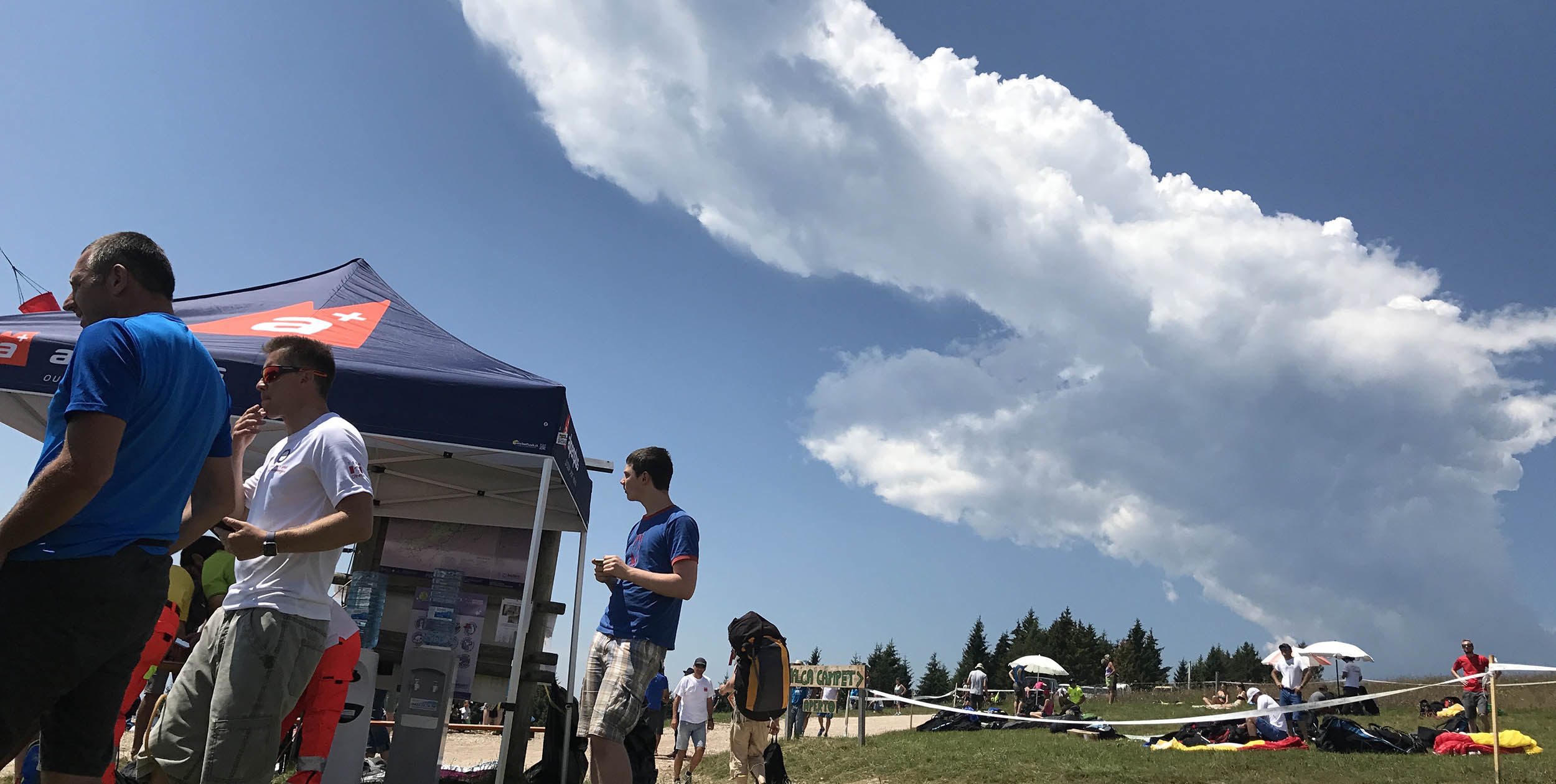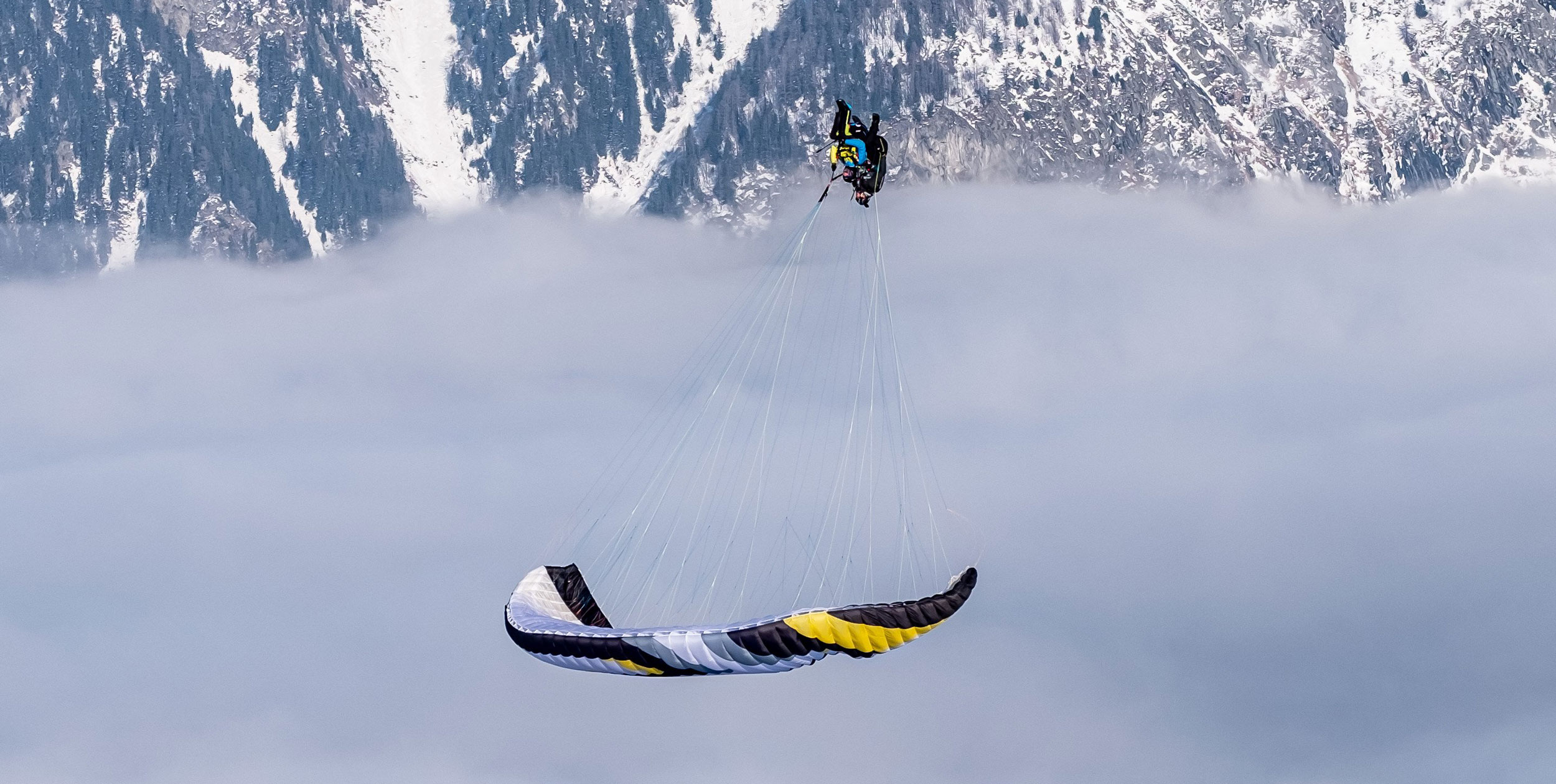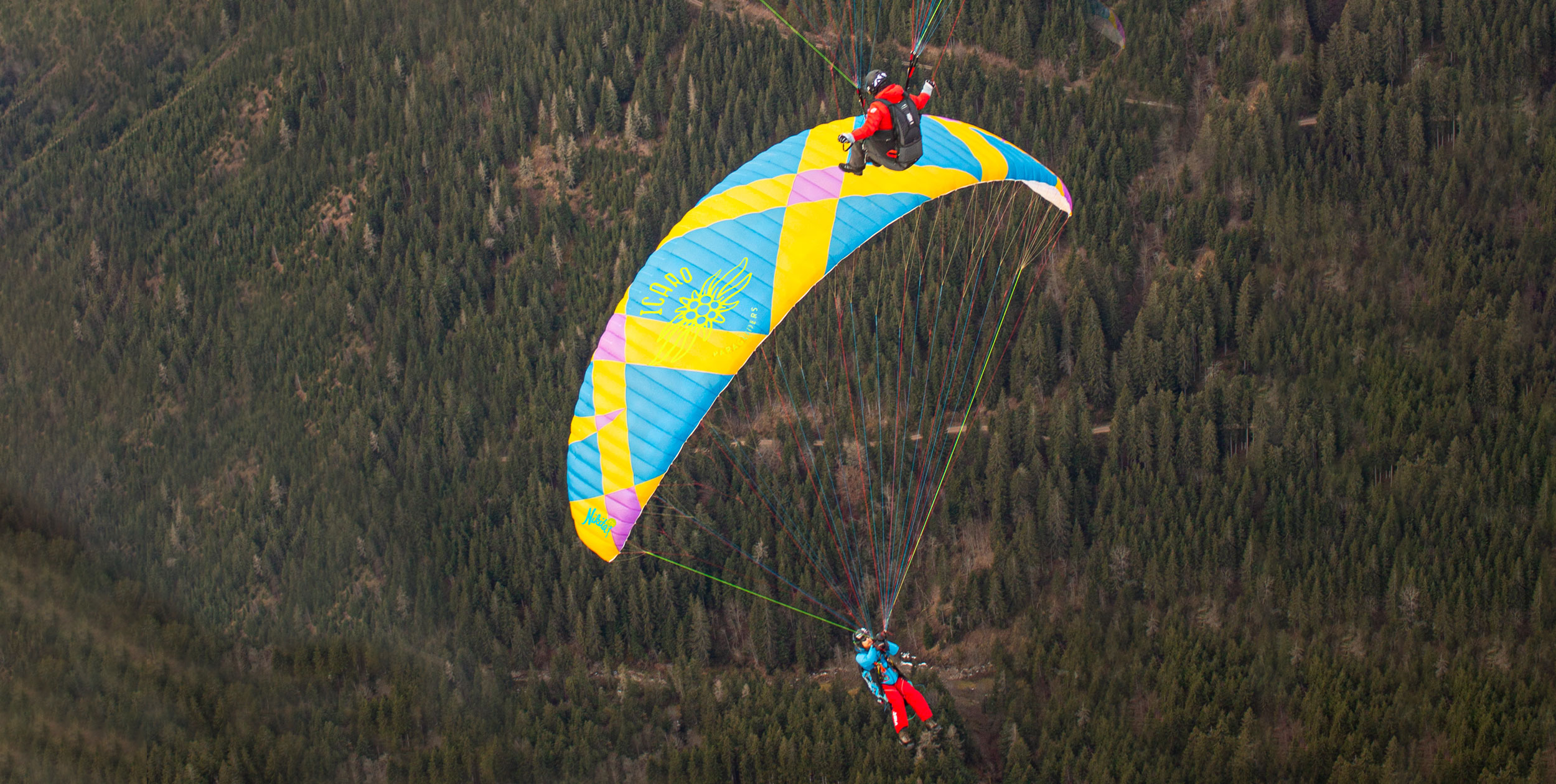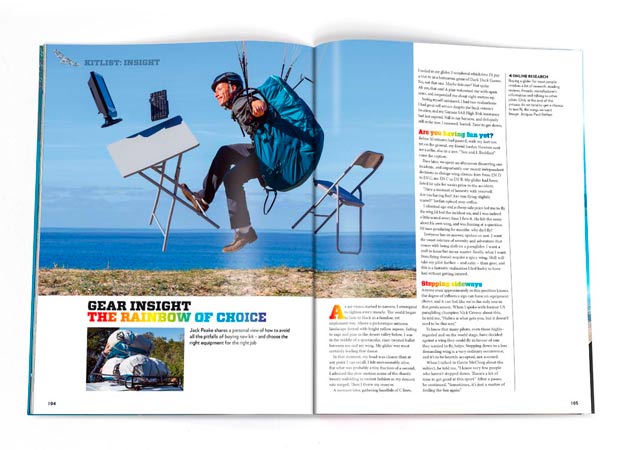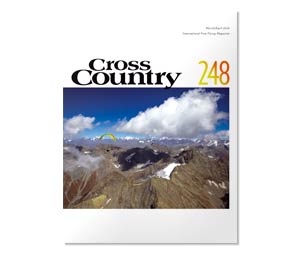Paragliding World Champion (2007) Bruce Goldsmith explains the difference between a spin and a spiral
One of the first lessons of the video Instability is to understand the difference between spins and spirals. It is absolutely essential to understand the difference because the method of recovery from a spiral is exactly the opposite to the method of recovery from a spin.
Unfortunately most people do not understand the difference between the two and every time they see a glider turning quickly they call it a spin, when nearly always it is a spiral dive.
How many times have you seen a report of a paragliding accident which starts ‘one side of the glider collapsed and he immediately started to spin very fast towards the ground’. This is of course completely wrong: it must have been a spiral not a spin.
Spins are pilot induced. A glider will only spin if the pilot pulls one brake so hard that he stalls that half of the wing (there is one other unlikely but possible way to spin a certified glider, that is to pull a B, C or D riser so hard that it stalls that half of the wing).
The spin will continue as long as the pilot holds down the brake, and will recover as soon as he completely releases the brake. This is true during practically all types of manoeuvres, including collapses and cravates.
Spirals are completely different. In normal flight they are simply the extension of a steep turn that continues for several 360’s. The pilot builds up speed as he is thrown out horizontally from the rotating glider, which can be turning so fast that the leading edge can be pointing towards the ground.
A collapse or cravate can also cause the glider to enter a spiral in a very similar way. The collapse causes drag which causes the glider to turn, and the turn will continue to increase in severity unless the pilot does something about it.
The speed at which a spiral can start and increase can be quite alarming . Spirals can become so severe that the G force can make a pilot black out if he does not stop it (unlike a spin where there is very little g force).
To stop a spiral, you must turn in the opposite way by applying the opposite brake. This is not as easy as it sounds, and if the spiral has already picked up speed you may need to use so much force that you have to use both hands on one brake to pull out of the spiral.
Even if you stall the glider this is better than being locked into a spiral where your rate of descent can be in excess of 20m/sec. The important thing to remember is that a spin is pilot induced and to get out of it you must completely release both brakes.
A spiral is often caused by a collapse and to stop the rotation you need to counter the turn and pump out the deflation. So if we return to our accident report we can talk the pilot through the incident: ‘One side of the glider collapsed and he immediately started to spin very fast towards the ground.’
Initially, let’s say the left tip of the glider collapsed, and may even have got caught in the lines (a cravate). So the glider will quickly start to turn to the left. The glider is entering a spiral, so the pilot needs to counter the turn by pulling the right brake.
This will stop the turn and return the glider hopefully to straight flight (depends on the size of cravate and type of glider). Just for the sadistic fun of it, let’s just say the pilot was to apply too much right brake.
Then he might stall the right side of the glider and start a spin (the initial cravate would almost certainly come out, but he still needs to get out of the spin).
The spin was caused by him applying too much brake and all he needs to do to stop the spin is to release the brake. When the glider recovers from the spin it will dive forward and may need braking to stop it diving too much.
The above incident is one of the commonest cascade incidents I have heard of amongst paraglider pilots and is also explained in detailed video footage on ‘Instability’. Even though Instability was filmed in 1992 the lessons outlined in it are just as important today.


